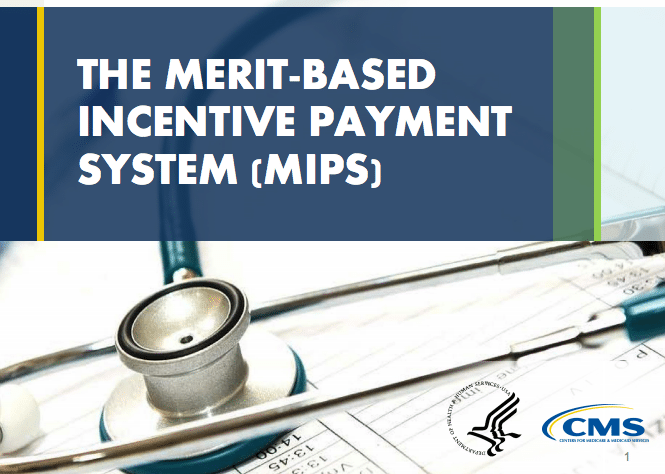
CMS Quality Payment Programs
CMS Quality Payment Programs are a key element of CMS’ effort to transform the Medicare system from a “Pay for Volume” model to “Pay for Value”. The Quality Payment Programs include Alternative Payment Models (APMs) such as ACOs and Patient Centered Medical Homes (PCMH). For physician practices not participating in an APM, the Merit-Based Incentive Payment System (MIPS) will apply. MIPS, which will be effective 1/1/2017, incorporates the legacy Meaningful Use, PQRS and Value Modifier programs.

Understanding the MIPS Scoring
As we mentioned in our initial post (What the MIPS?), the payment modifier for MIPS will be determined by a performance threshold (PT) set by CMS and your individual or group Composite Performance Score (CPS). This CPS is a number between 0 and 100 is calculated by... Read MoreWhat the MIPS!?!
The CMS “incentive” programs over the past several years — Meaningful Use, PQRS, ePrescribing, and the Value-modifier — have been used both the “carrot” and “stick” approach. CMS provides both cash bonuses and penalties. The... Read MorePaying for Quality at a new level
As we mentioned in the last post, both MIPS and Advanced APMs are a part of the Quality Payment Programs. These programs replace the reimbursement structure in place for practices in 2017. So what is the difference between MIPS and Advanced APMs? CMS estimates that... Read MoreMACRA and Quality Payment Programs
The Medicare Access and CHIP Reauthorization Act (MACRA) was passed on April 16, 2015. This legislation was landmark because it repealed the Sustainable Growth Rate (SGR). This legislation also created two new payment systems for Medicare Providers. These two programs... Read MoreCMS and ONC: Meaningful Use is Not Dead!
Why is Meaningful Use not dead? For hospitals, and for physicians participating in the Medicaid MU program, no imminent change is expected in the Meaningful Use rules. However, CMS is exploring options for updating these programs to reward providers for outcomes, to allow providers flexibility, to promote innovation and new technologies and to encourage interoperability.
Read More
